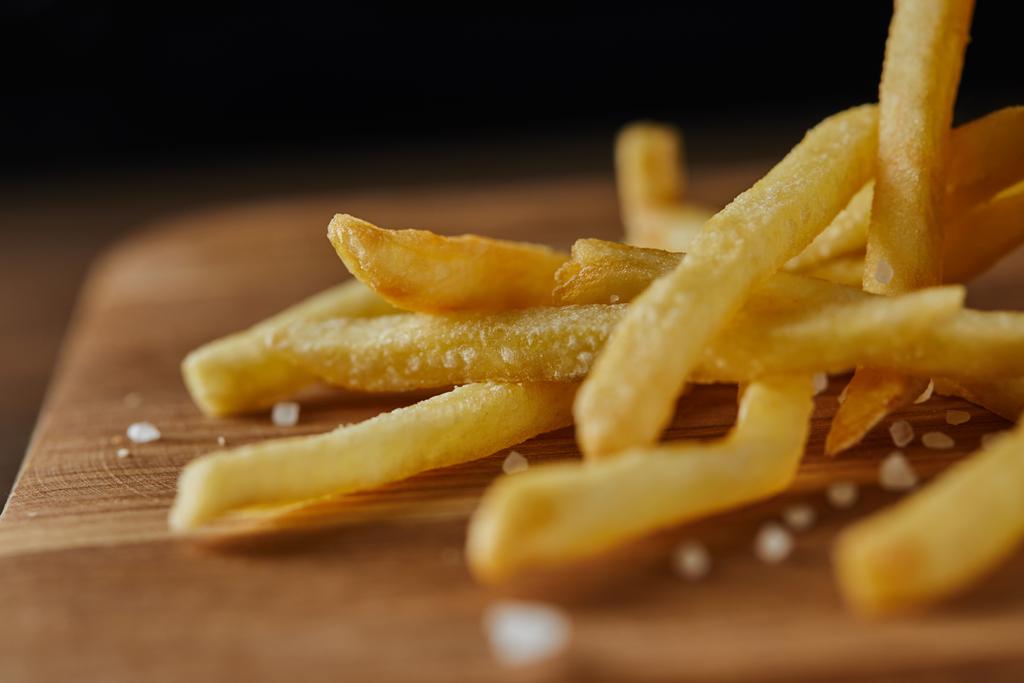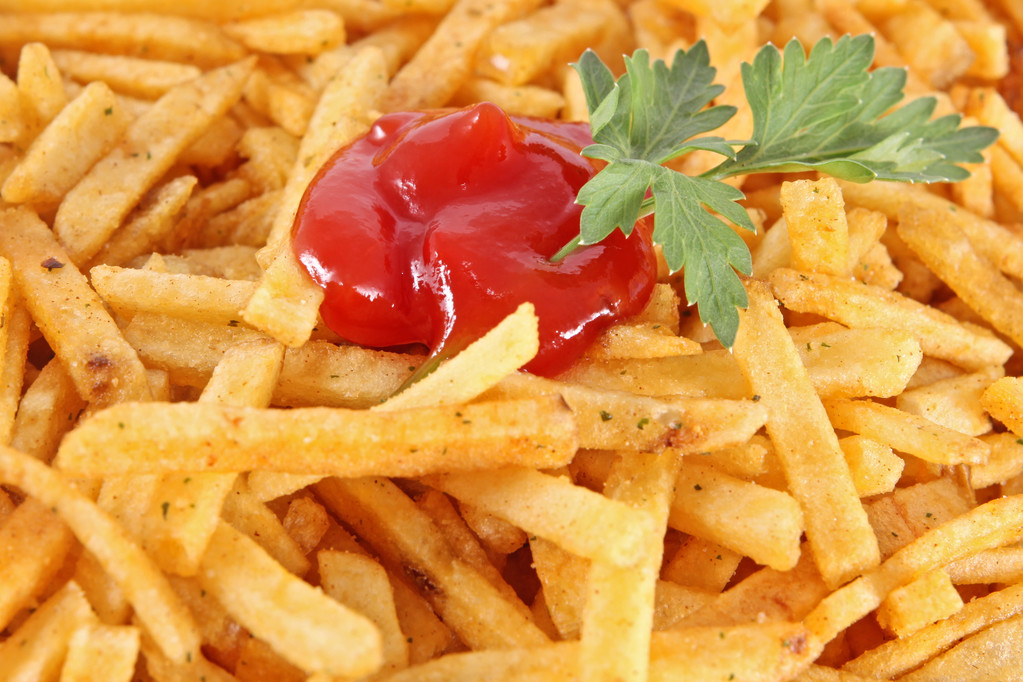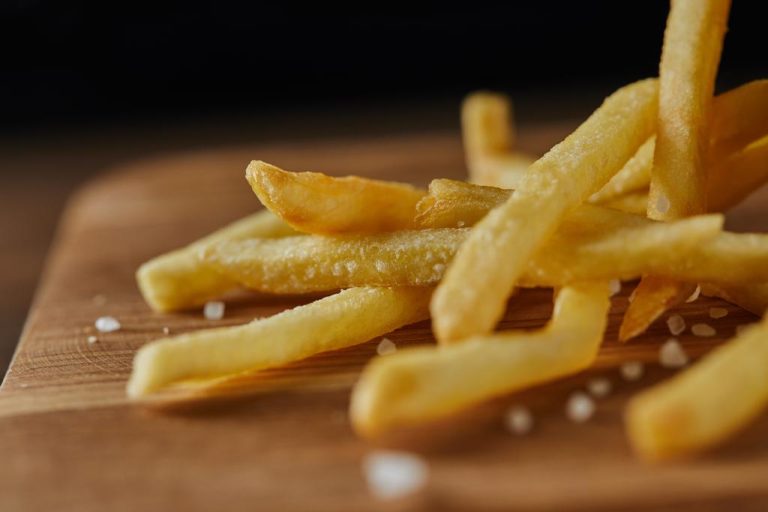Acrylamide is found in many foods and is considered potentially carcinogenic. We’ll tell you what you need to know about acrylamide and how to avoid it.
Acrylamide forms when high-carbohydrate foods are heated to high temperatures, especially above 180 degrees Celsius. The substance is created through the interaction of sugars contained in carbohydrates and the amino acid asparagine. This is found in cereals and potatoes, among other things.
Which foods contain a lot of acrylamide?
Baked, fried or roasted foods that contain a lot of carbohydrates and little water are particularly high in acrylamide. According to the consumer center, high acrylamide levels were found in these foods, among others:
Potato products: chips, fries, croquettes, fried potatoes
Pastries: toast, crispbread, cookies, gingerbread (especially those containing staghorn salt)
Coffee, especially instant coffee
toasted nuts and cereals
How harmful is acrylamide?
According to a report by the European Food Safety Authority (EFSA), the intake of acrylamide through food potentially increases the risk of cancer. This applies to all age groups, but especially to children, since they quickly absorb relatively large amounts of acrylamide due to their low body weight.
So far, there are no human studies that can prove the increased risk of cancer. However, various animal experiments have shown that the substance glycidamide – a major metabolite of acrylamide – can cause gene mutations and promote the development of tumors.
What you can do to avoid acrylamide
It is not yet possible to say exactly what quantity of acrylamide is harmful to health. Accordingly, it makes sense if you try to consume as little of it as possible. Here are some tips on how to avoid acrylamide:
Try to eat the above foods high in acrylamide in moderation.
Prepare carbohydrate-rich foods such as potatoes or rice gently: no acrylamide is produced during cooking, stewing or steaming.
If you want to bake, roast or roast potato products, do this at the lowest possible temperatures (maximum 200 degrees in the oven or 180 degrees with convection) and as briefly as possible. Turn the food so it doesn’t get too dark – a light brown is enough. The browner the crust, the higher the acrylamide content.
When preparing fries in the fryer, you should make sure that the temperature stays below 170 degrees. Use enough oil, preheat the fryer and only cook small batches at a time. Otherwise the cooking time will be longer.
Don’t store potatoes in the fridge. The low temperatures increase the sugar content, which later promotes the formation of acrylamide during preparation.
The consumer center advises breakfast cereals that do not consist of toasted ingredients to avoid acrylamide. Put together your own muesli, for example, from fresh oats and other unroasted grains.

Reduce acrylamide when baking
Acrylamide is also formed when cereal products are baked. With these tips from a study by the University of Hohenheim, you can reduce the formation of acrylamide when baking:
Since yeast breaks down the protein asparagine and sugar, both of which are responsible for the formation of acrylamide, you should allow longer rising times for your yeast dough (about 2 hours).
You should not flour your baked goods on the outside, as the acrylamide forms in the freshly applied flour.
You should bake your baked goods at lower temperatures, between 160°C and 170°C, as the acrylamide content will probably rise sharply above 170° Celsius.
Because most acrylamide is found in browned crusts on baked goods, avoid dark browning.

